Fascinating facts about the cold war you probably didn’t know
The Cold War remains one of the most intriguing periods of modern history, marked by a unique tension between two superpowers without an actual war breaking out. This era, spanning roughly from 1947 to 1991, involved a complex interplay of political, military, and cultural elements.
It wasn’t just battles of ideologies but also included technological races and espionage. Understanding the Cold War is essential to grasp how it shaped the modern world and the geopolitical landscape we know today.
The Origins of the Cold War: A Clash of Ideologies
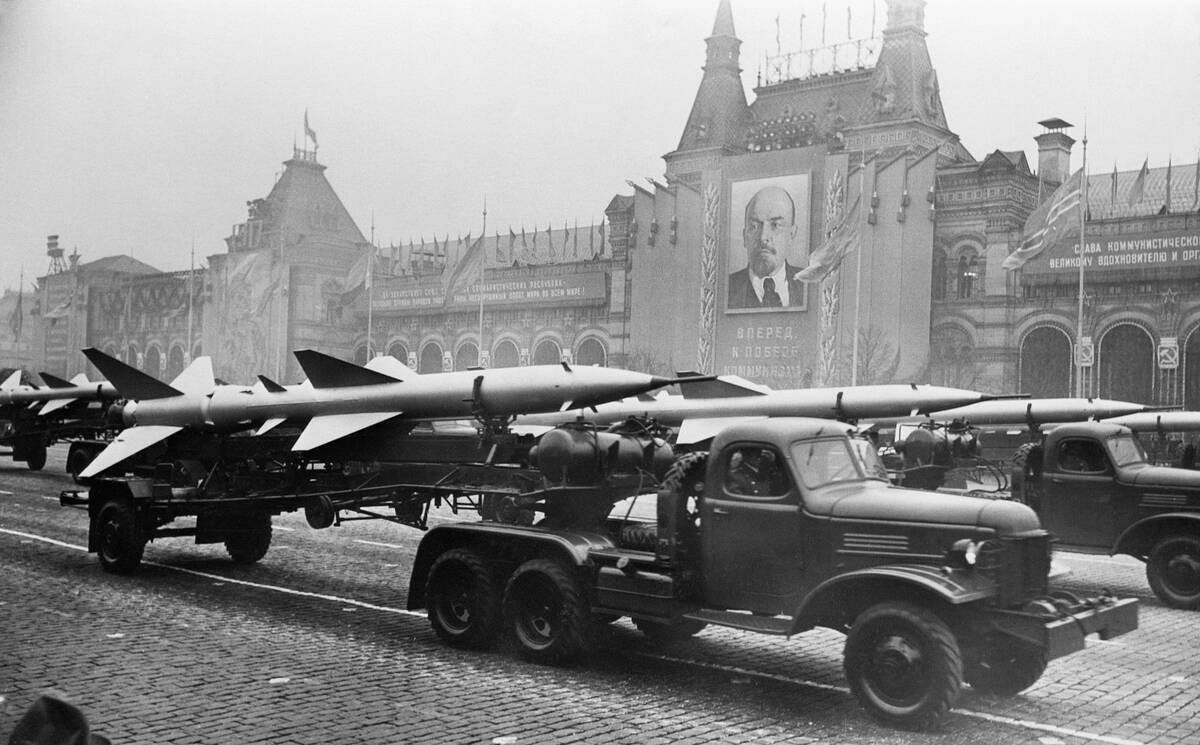
The Cold War’s roots can be traced back to the end of World War II when ideological differences between the United States and the Soviet Union began to surface. While the U.S. championed capitalism and democracy, the Soviet Union promoted communism.
The Yalta Conference in 1945 highlighted these tensions, as both sought to expand their influence in Europe. This ideological clash set the stage for a prolonged period of political and military rivalry.
The Iron Curtain: More Than Just a Metaphor

The Iron Curtain was a term popularized by Winston Churchill in 1946, symbolizing the division between Eastern and Western Europe. However, it was more than just a metaphor; it represented the physical and ideological barriers that separated the Soviet bloc and the West.
Countries behind the Iron Curtain, like East Germany and Poland, found themselves isolated from Western influence, leading to stark contrasts in economic and political freedoms.
The Space Race: When the Sky Was the Limit
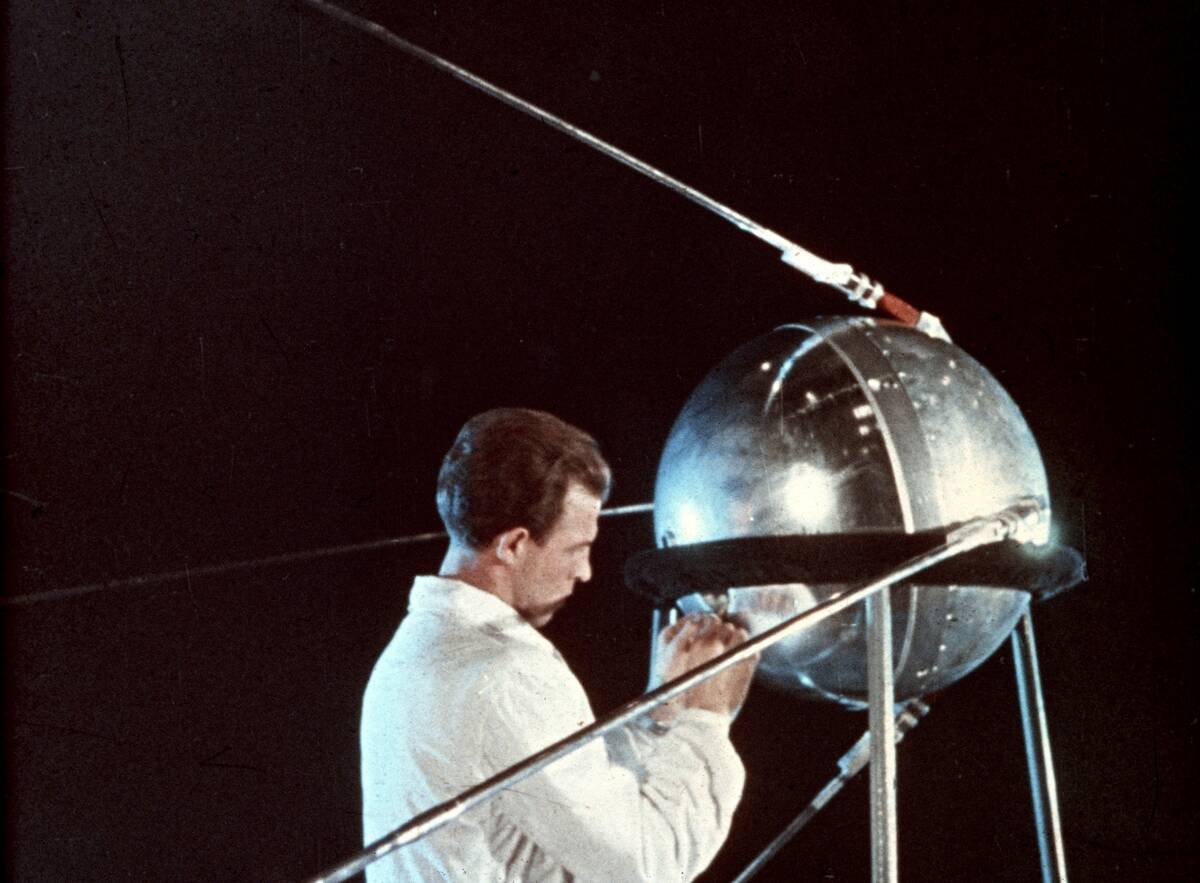
The Space Race added a thrilling dimension to the Cold War, as the U.S. and USSR competed for supremacy in space exploration. It all began with the Soviet Union’s launch of Sputnik in 1957, the first artificial satellite to orbit Earth.
The U.S. responded with the Apollo program, culminating in the historic moon landing in 1969. This race was not just about technology but also served as a demonstration of each nation’s scientific prowess and ideological superiority.
Espionage Extravaganza: Spies and Espionage Agencies
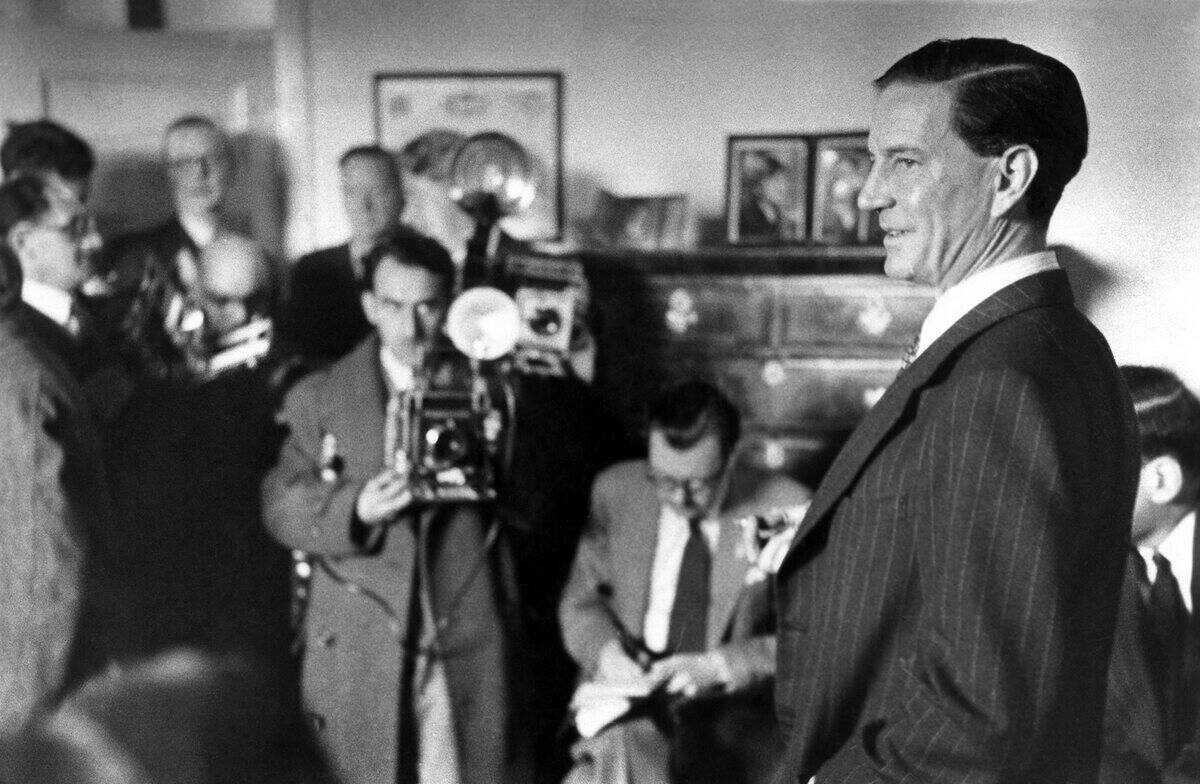
Espionage played a crucial role during the Cold War, with spies becoming iconic figures in this clandestine battle. Agencies like the CIA and KGB were at the forefront, gathering intelligence and often engaging in covert operations.
The infamous case of the Cambridge Five, a group of British spies who passed information to the Soviets, highlighted the extent of espionage activities. This era was marked by a constant game of cat and mouse, with intelligence gathering becoming an art form.
The Cuban Missile Crisis: The World on the Edge

In October 1962, the Cuban Missile Crisis brought the world perilously close to nuclear war. It began when the U.S. discovered Soviet missiles in Cuba, just 90 miles from Florida. President Kennedy’s response was a naval blockade, demanding the removal of these missiles.
After tense negotiations, Soviet Premier Khrushchev agreed to dismantle them, while the U.S. secretly promised to remove its missiles from Turkey. This 13-day standoff remains a pivotal moment in Cold War history.
Nuclear Paranoia: Duck and Cover Drills
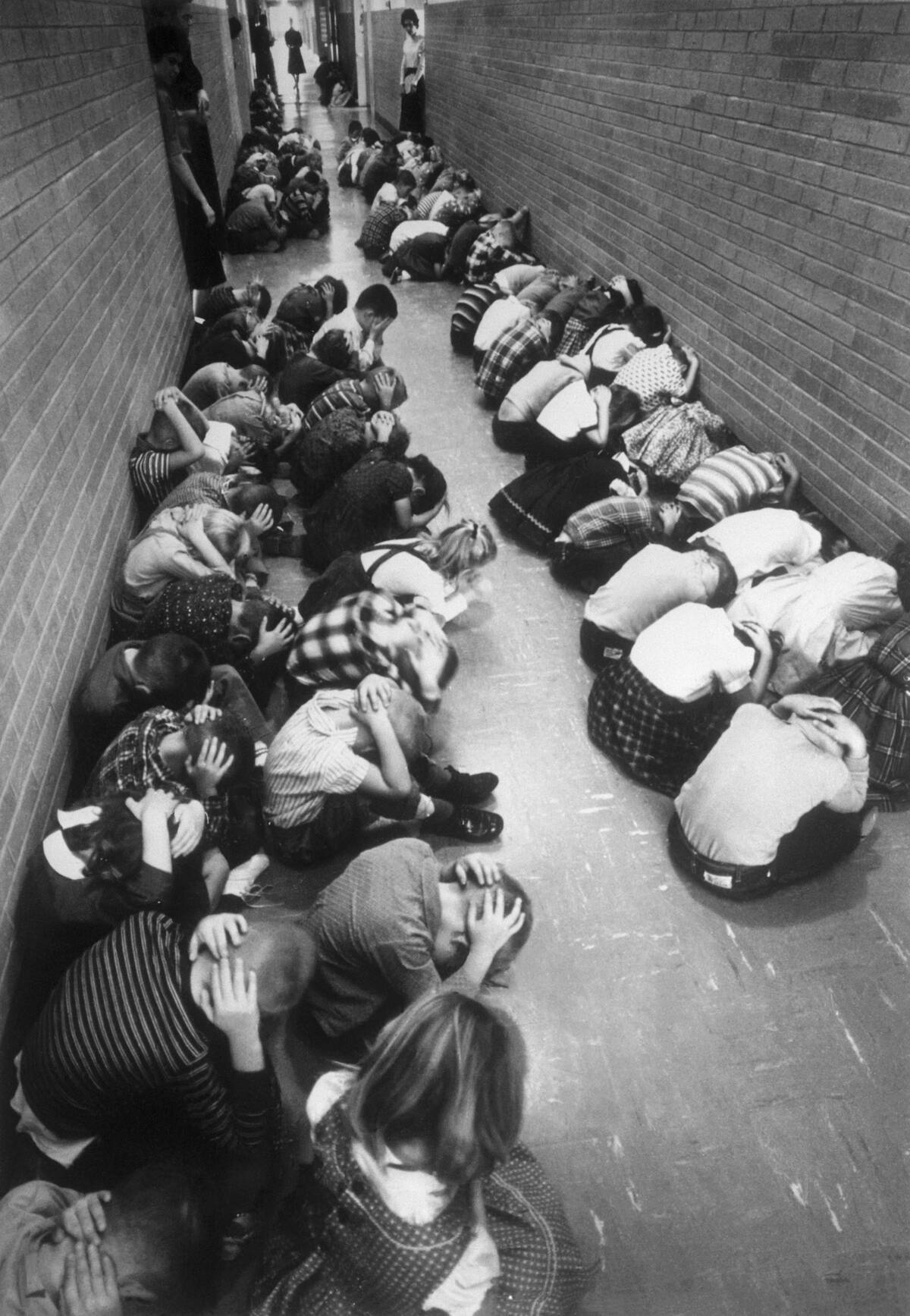
During the Cold War, the fear of nuclear conflict permeated everyday life, leading to the infamous ‘duck and cover’ drills in schools across the United States. Children were taught to hide under desks as a precaution against a nuclear attack, a practice that now seems quaint yet underscores the era’s anxiety.
Public service announcements aimed to educate citizens on survival tactics, though many questioned their effectiveness against an actual nuclear strike.
The Berlin Wall: A Symbol of Division
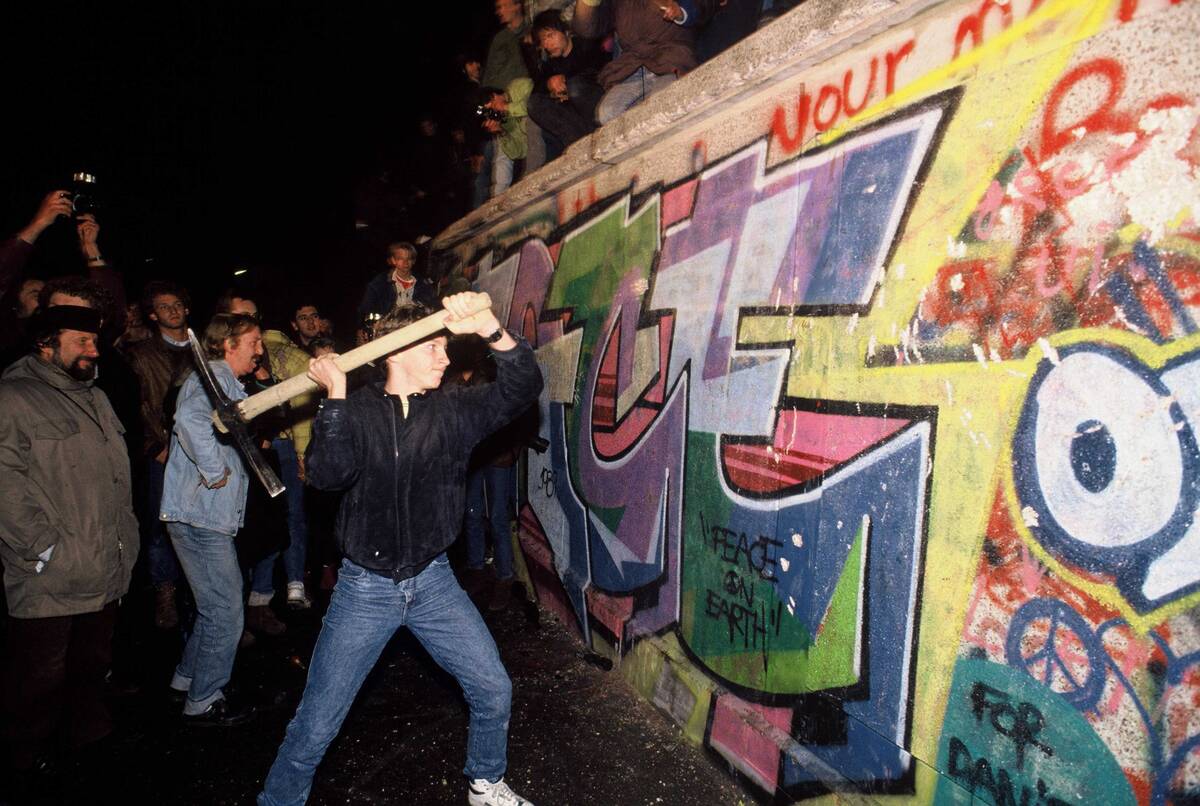
The Berlin Wall stood as a stark symbol of the Cold War division, physically separating East and West Berlin from 1961 until 1989. Erected by the East German government, it was intended to prevent East Germans from fleeing to the West.
Over the years, the Wall became a powerful representation of the ideological divide, with its fall in 1989 signaling the impending end of the Cold War and a new era of German reunification.
Propaganda Wars: The Battle for Hearts and Minds
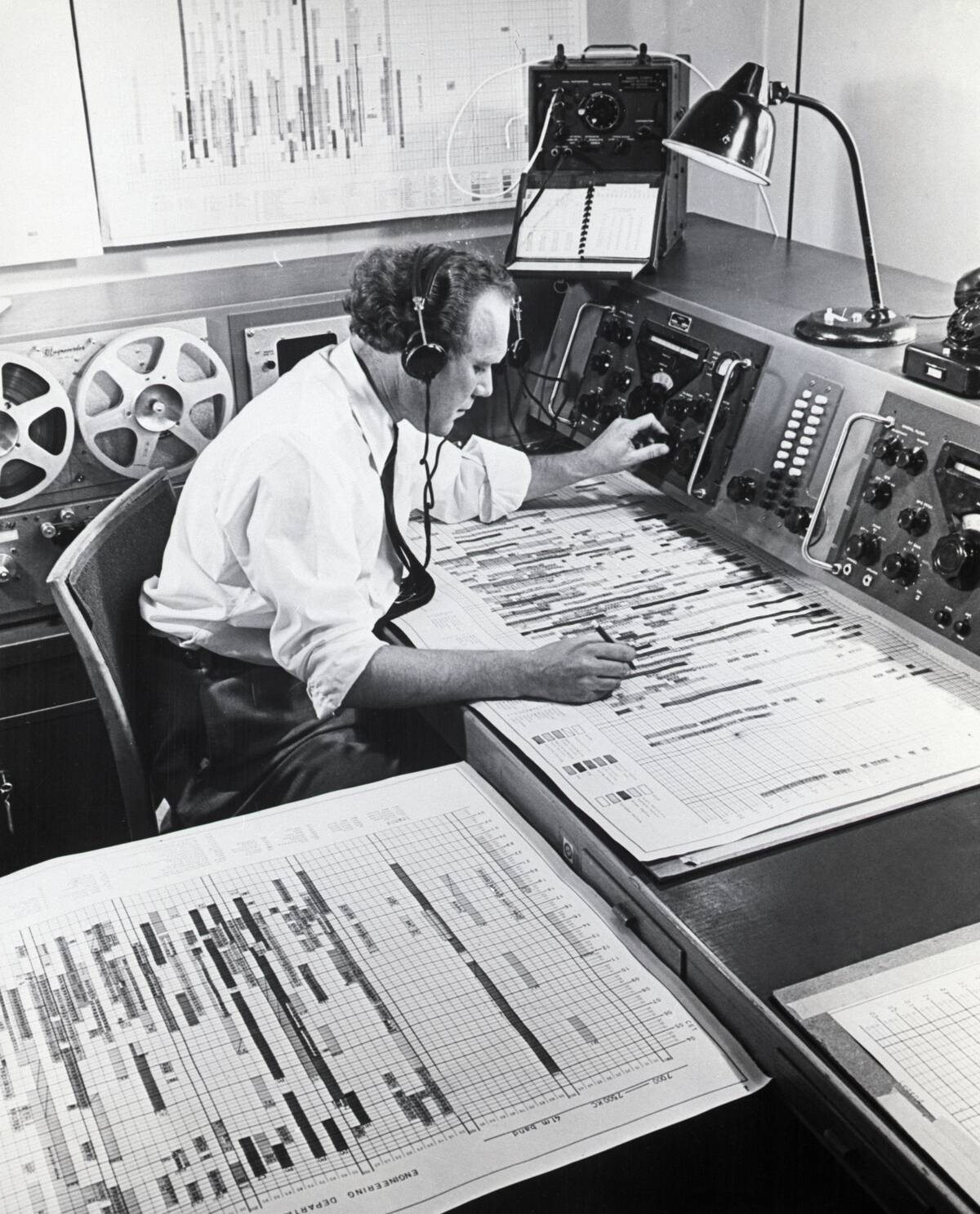
Propaganda was a weapon of choice during the Cold War, as both the U.S. and the Soviet Union sought to influence global opinion. The Voice of America and Radio Free Europe broadcasted Western ideals beyond the Iron Curtain, while the Soviet Union countered with its own media outlets.
Each side aimed to depict the other as the ultimate villain, using media, art, and literature to sway public perception and gain ideological dominance.
The Role of Hollywood: Cold War on the Big Screen
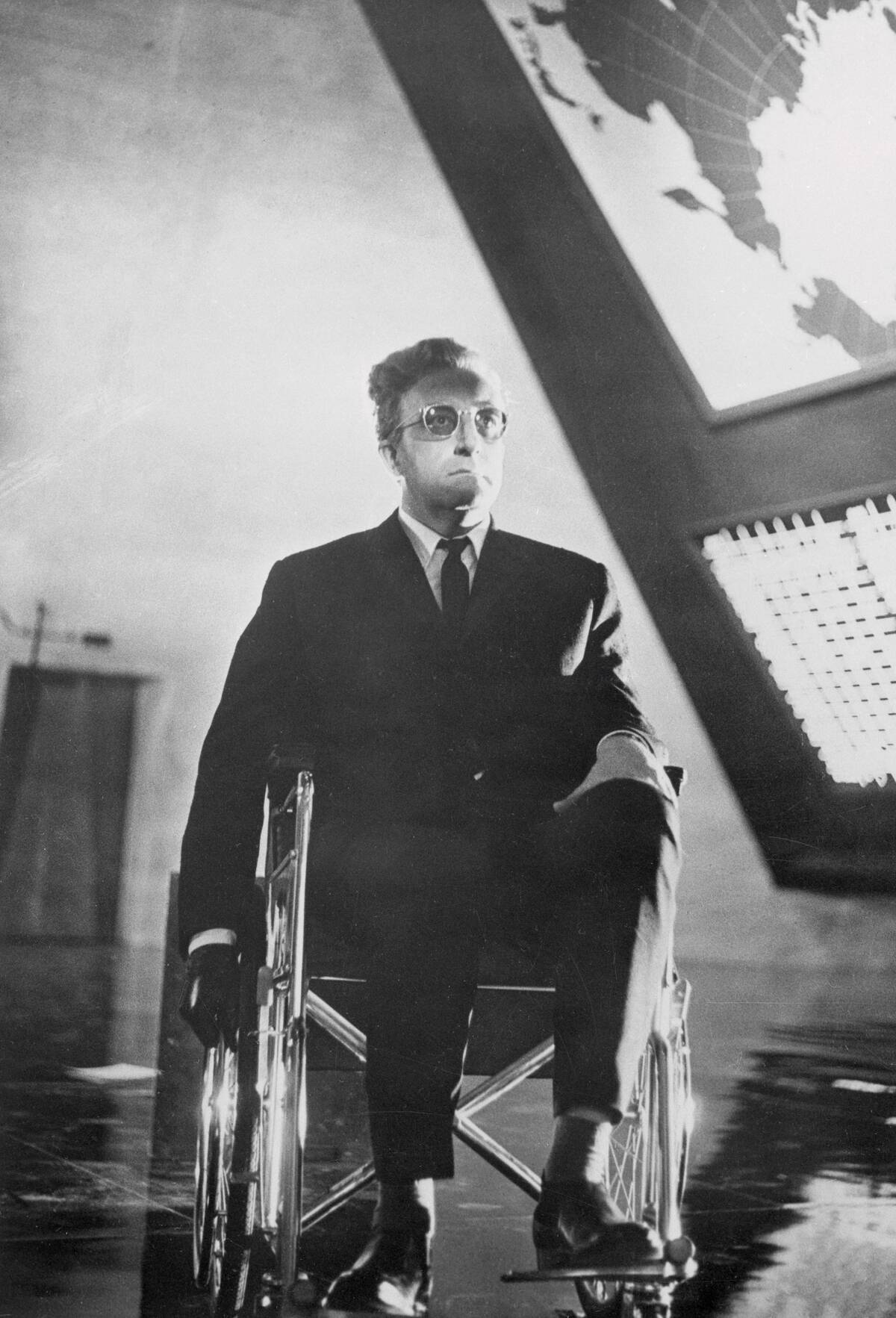
Hollywood played a significant role in shaping public perception during the Cold War, with films often reflecting the era’s anxieties and ideologies. Movies like ‘Dr. Strangelove’ and ‘The Manchurian Candidate’ explored the absurdities and fears of nuclear conflict and communist infiltration.
These films not only entertained but also served as cultural commentaries on the tensions of the time, highlighting the influence of cinema in the ideological battle between East and West.
The Red Scare: Fear and Loathing in America
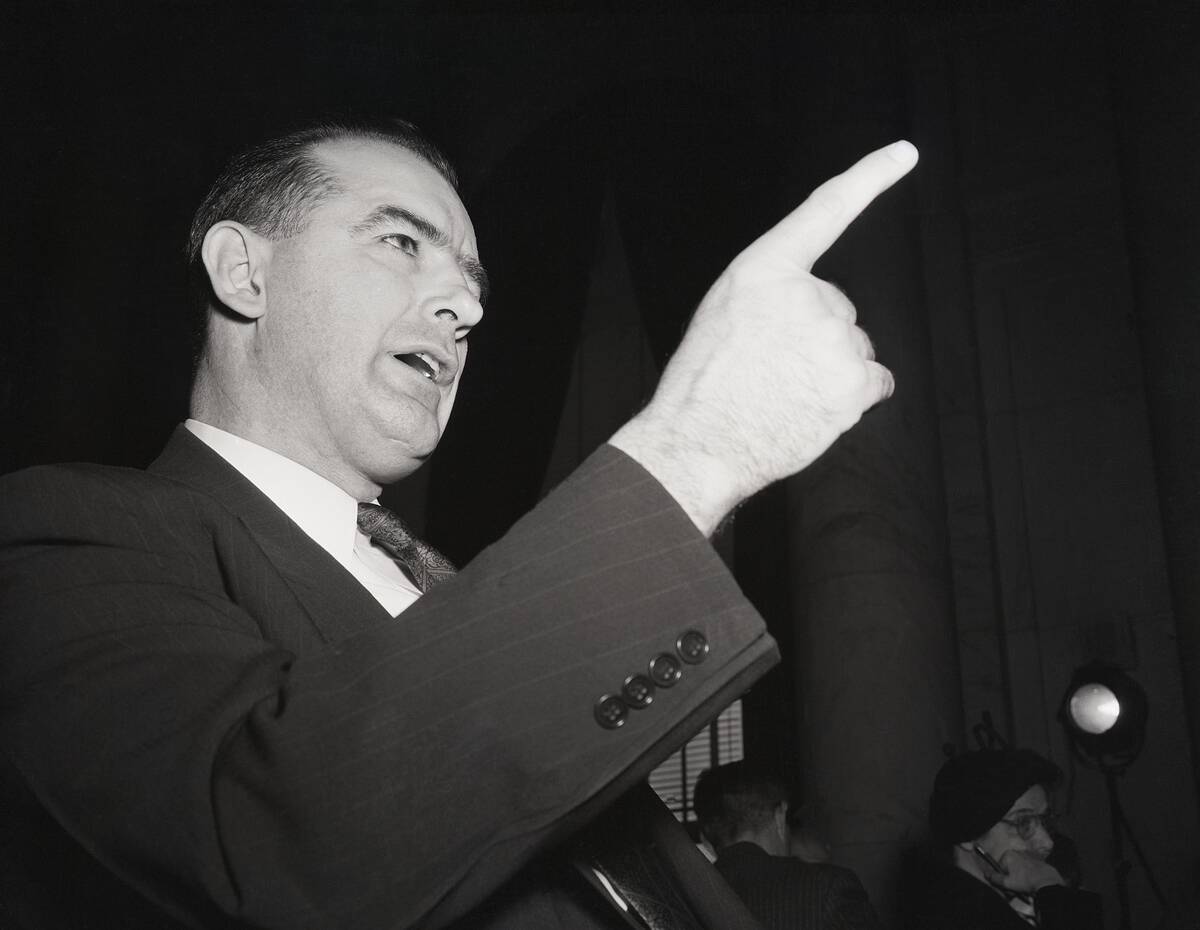
The Red Scare was a period of intense anti-communist sentiment in the United States, characterized by widespread paranoia and the hunt for alleged communists. Led by figures like Senator Joseph McCarthy, the era saw numerous hearings and investigations, targeting those suspected of communist affiliations.
This climate of fear led to blacklisting in Hollywood and a stifling of dissenting voices, reflecting the pervasive anxiety about Soviet influence in American life.
The Arms Race: More Than Just Rockets

The Arms Race was a defining feature of the Cold War, marked by the rapid development and stockpiling of nuclear weapons by both the U.S. and the Soviet Union. The doctrine of Mutually Assured Destruction (MAD) ensured that neither side would strike first, knowing it would lead to their own destruction.
This precarious balance of power spurred technological advancements and led to treaties like the Strategic Arms Limitation Talks (SALT) to curb the proliferation of these devastating weapons.
The Korean War: A Cold War Conflict
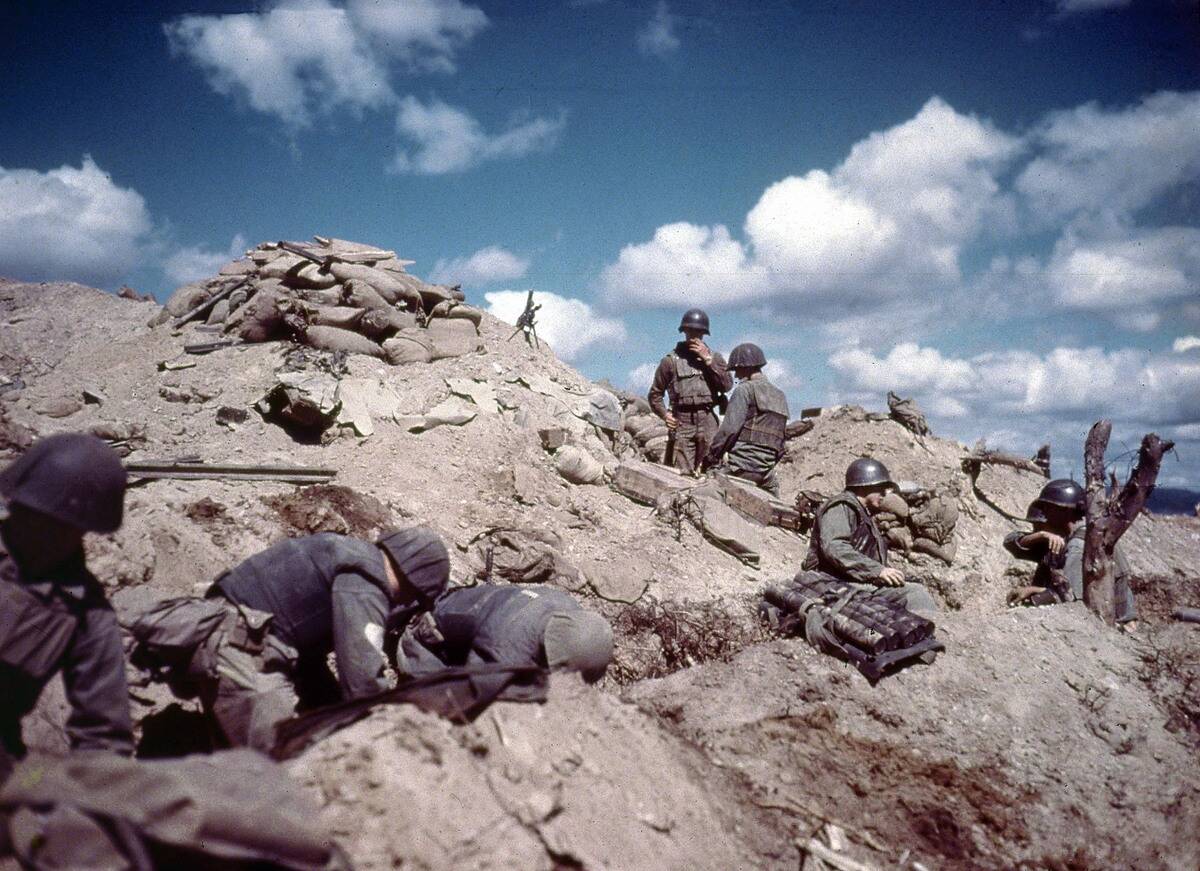
The Korean War, often dubbed the ‘Forgotten War,’ was a significant Cold War conflict that erupted in 1950 when North Korea, backed by the Soviet Union and China, invaded South Korea. The United States and other United Nations forces intervened to support the South, resulting in a bloody stalemate.
The war ended in 1953 with an armistice, but no formal peace treaty was signed, leaving the Korean Peninsula divided and tense to this day.
The Vietnam War: A Hot Spot in the Cold War

The Vietnam War was another pivotal conflict in the Cold War era, with the U.S. aiming to prevent the spread of communism in Southeast Asia. Starting in the late 1950s, this protracted war saw significant involvement of American troops, culminating in the controversial and costly military engagement that lasted until 1975.
Despite the immense human and economic toll, the fall of Saigon marked a communist victory, influencing U.S. foreign policy and public opinion for years to come.
The Role of Sports: Olympic Battlegrounds
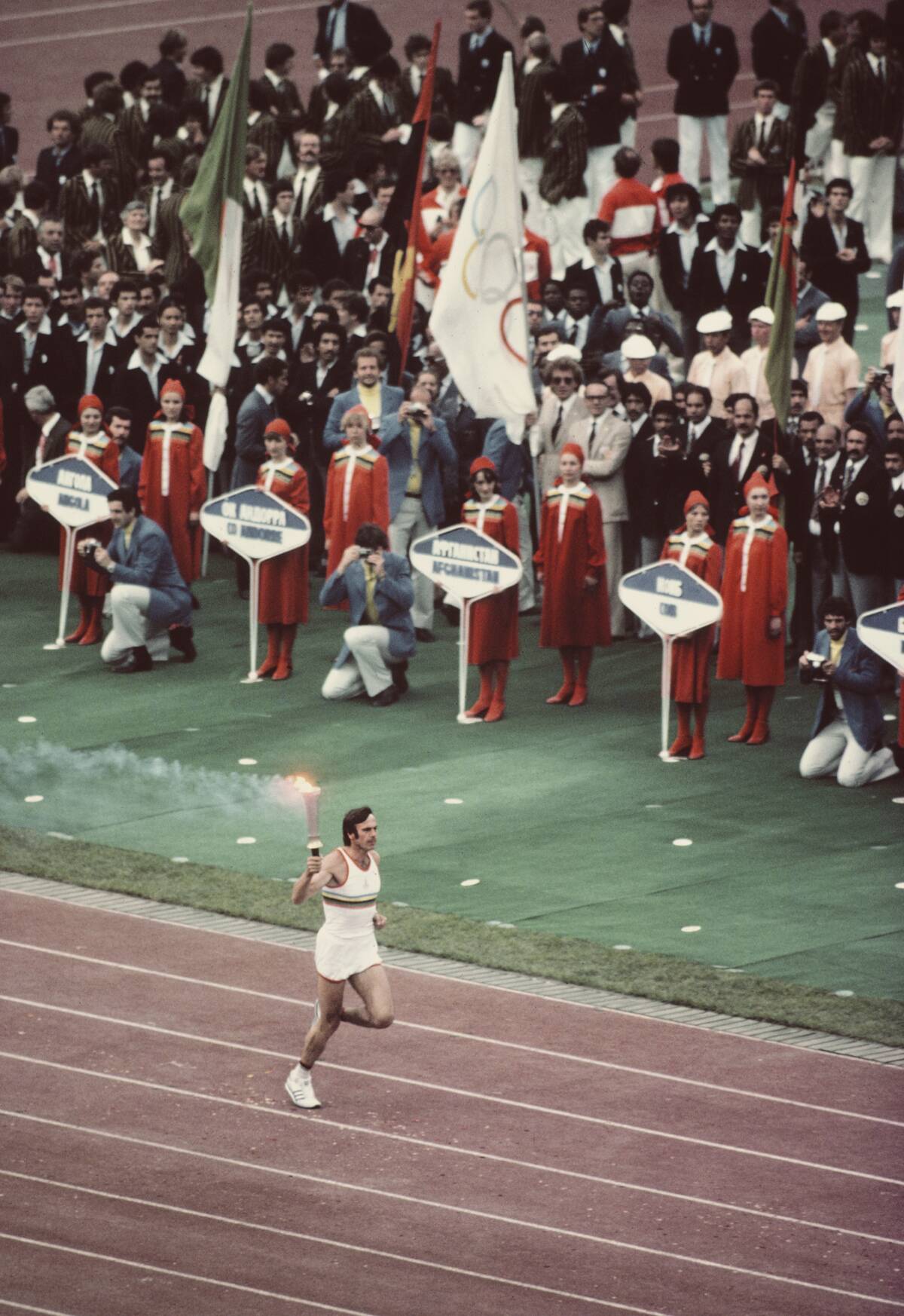
Sports became a proxy battleground during the Cold War, with the Olympics serving as a stage for ideological competition. The 1980 Moscow Olympics saw a significant boycott by the U.S. and its allies in protest of the Soviet invasion of Afghanistan.
In retaliation, the Soviet Union and its allies boycotted the 1984 Los Angeles Olympics. These boycotts highlighted how deeply politics infiltrated sports, turning athletic events into arenas for national pride and political statements.
The End of the Cold War: The Fall of the Berlin Wall
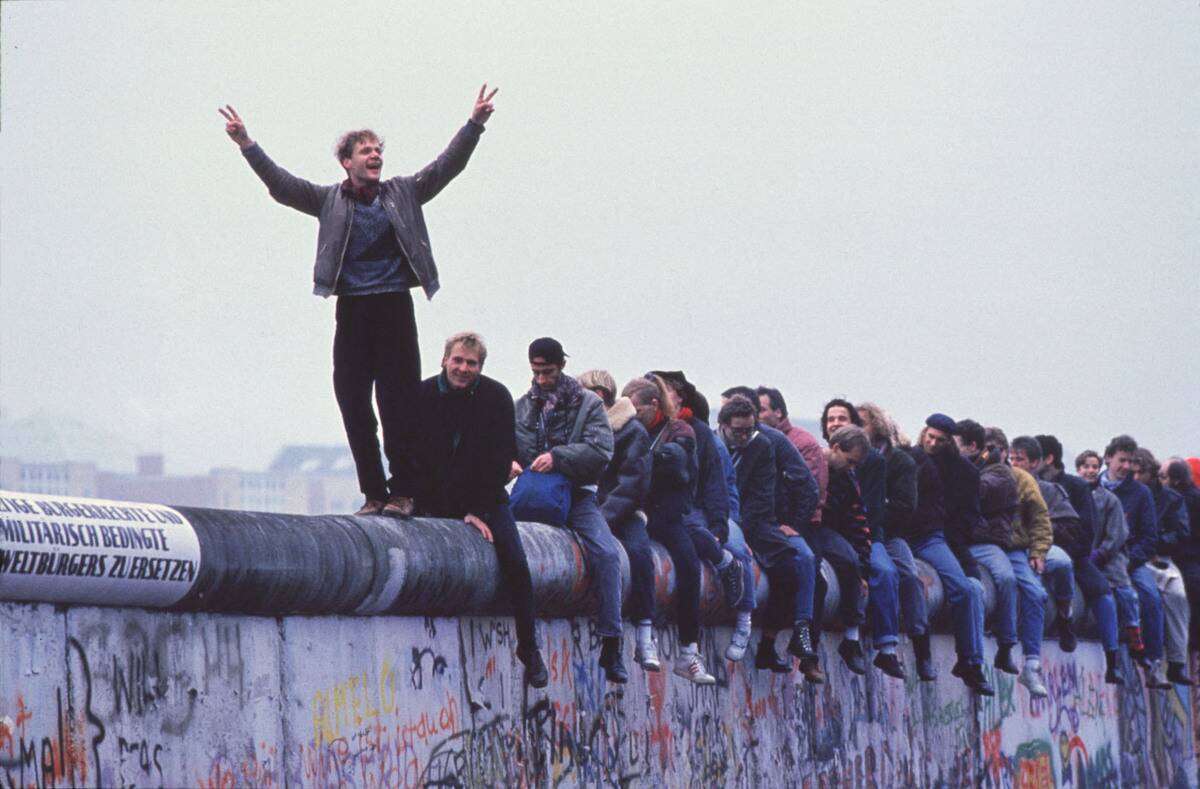
The fall of the Berlin Wall on November 9, 1989, marked the symbolic end of the Cold War, heralding a new era of openness and reunification. This historic event was preceded by a series of peaceful protests and political changes in Eastern Europe, signaling the weakening of Soviet influence.
The Wall’s collapse paved the way for German reunification and the eventual dissolution of the Soviet Union, reshaping the global political landscape and ending decades of division.
The Legacy of the Cold War: Its Impact Today

The legacy of the Cold War continues to influence today’s geopolitical dynamics, from the ongoing tensions between the U.S. and Russia to the existence of nuclear arsenals. Institutions like NATO, formed during the Cold War, remain pivotal in global security.
The era also left a cultural imprint, with literature, films, and art continuing to explore its themes. Understanding this legacy is crucial for navigating present-day international relations and avoiding past mistakes.




